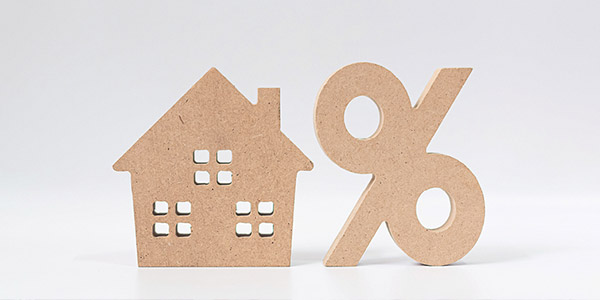Homeowners
How Much Longer Will the Refinance Boom Last?
November 23, 2020
Before this year, the prevailing market interest rate had never fallen below 3.3% on a 30-year fixed-rate mortgage, but this year, in so many ways, is unlike any other. Over the last nine months, interest rates not only fell below the previous record low, but they also kept falling under 3% and have remained that way for months.
The fact that interest rates have remained that low for months has fueled an extreme and lengthy refinance boom in the mortgage business. But just how long is that boom going to last?
According to a new analysis from economists at Fannie Mae, it looks like the boom could continue well into next year. Fannie Mae's economists expect refinance volume to hit $2.6 trillion this year. That figure alone is more than the entire mortgage market in some years over the last decade.
As for what's going to happen going forward, Fannie Mae's economists expect refinance activity to "remain strong" into next year thanks to a "continued low rate environment."
Fannie Mae now expects there to be $1.1 trillion in refinance activity next year, well below this year, but well above most years in recent memory.
Why is that? Well, Fannie Mae expects interest rates to stay below 3% for all of next year. And according to Fannie Mae's review of the market, there are still quite a few people who could benefit from refinancing.
As Fannie Mae's economists estimate, with the current prevailing market interest rate at 2.78%, approximately 65% of all outstanding first-lien loan balances could decrease their current interest rate by at least 0.5%.
And speaking of mortgage rates, Fannie Mae doesn't expect rates to fall much lower than they are right now, based on market indicators.
"We expect current mortgage rates to be close to troughing, however. No further declines are forecast in the coming months, especially with the 10-year Treasury yield on the rise," Fannie Mae's economists write.
"After the election, the 10-year yield grew steadily, increasing nearly 20 basis points in under a week to its current level of 0.96%," they continued. "The primary spread (30-year mortgage rate minus the 10-year Treasury yield) fell below 200 basis points at the end of October for the first time in eight months, and we expect further spread compression as mortgage rates stay steady and the 10-year continues to rise."
If that happens, rates will likely remain low into next year and that means people could be refinancing throughout 2021 too.






 Smart Moves Start Here.
Smart Moves Start Here.